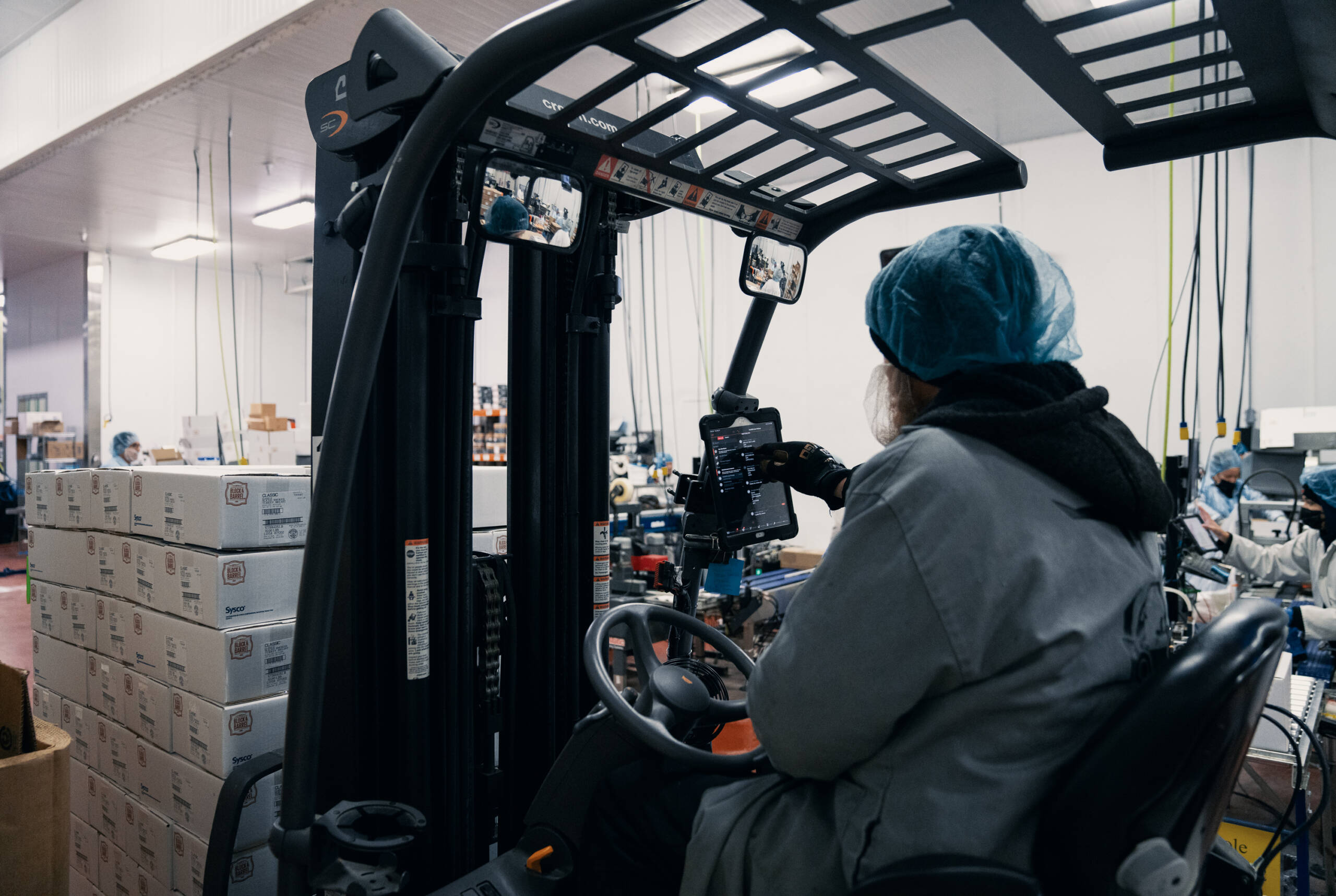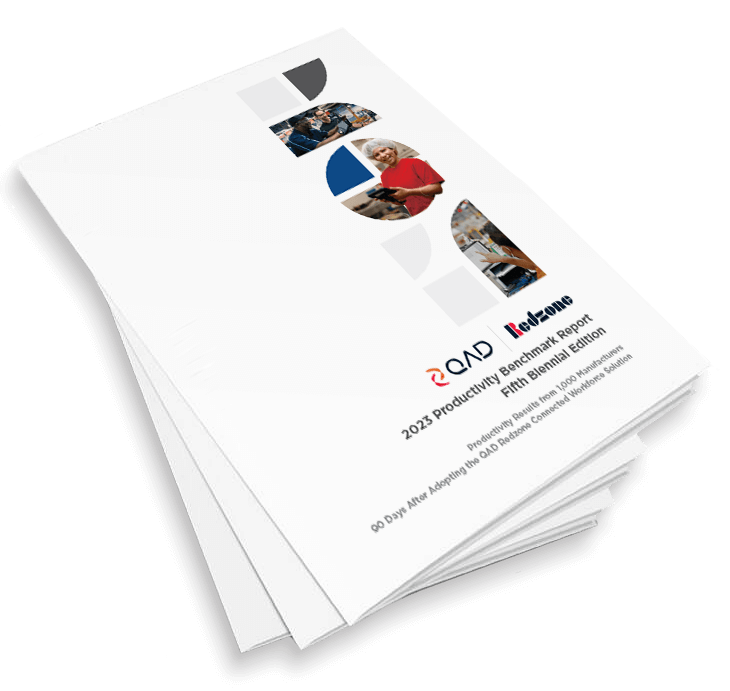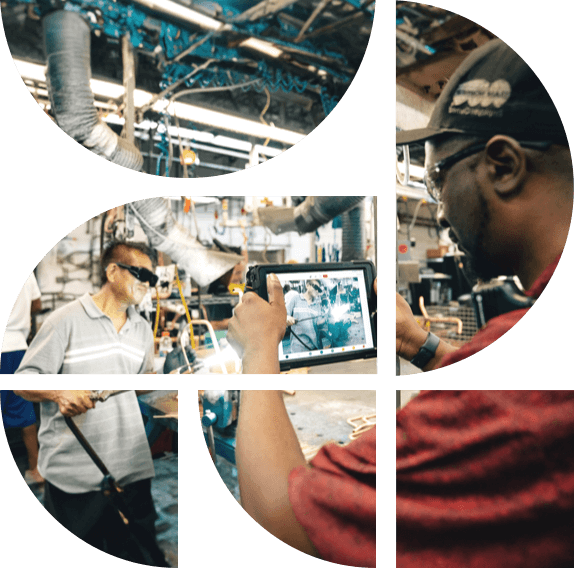Press Release: QAD Redzone is Front Runner in LNS Research Connected Frontline Workforce Applications Solution Selection Matrix Read Now
May 9, 2023

As manufacturing leaders search for efficiencies, they run into supply chain challenges. These challenges are literally everywhere.
Supply chain issues (65.7%) are second only to workforce hiring and retention concerns (75.7%), according to an industry survey cited in Supply Chain Dive. In How manufacturers can tackle supply chain costs in 2023 editor Kate Magill says understanding consumer demand and aligning production and inventory is key to reducing supply chain tasks. By so doing, manufacturers can avoid over-ordering raw materials, scale production up and down in key markets based on demand analytics, and minimize discounting to clear warehouses of over-produced or lower-quality merchandise.
However, there are other important strategies to maximize as well:

Certain issues, like raw material price increases and logistics snarls, may be beyond manufacturers’ ability to fully mitigate. However, what happens on production floors is within their control.
Want to drive OEE, improve compliance, and unlock new gains through continuous improvement?
Read the QAD Redzone 2023 Productivity Benchmark Report.

1,000 Factories’ Productivity Data: The Largest Dataset of Its Kind ...

Contact us and let's begin empowering your frontline and growing your bottomline.
